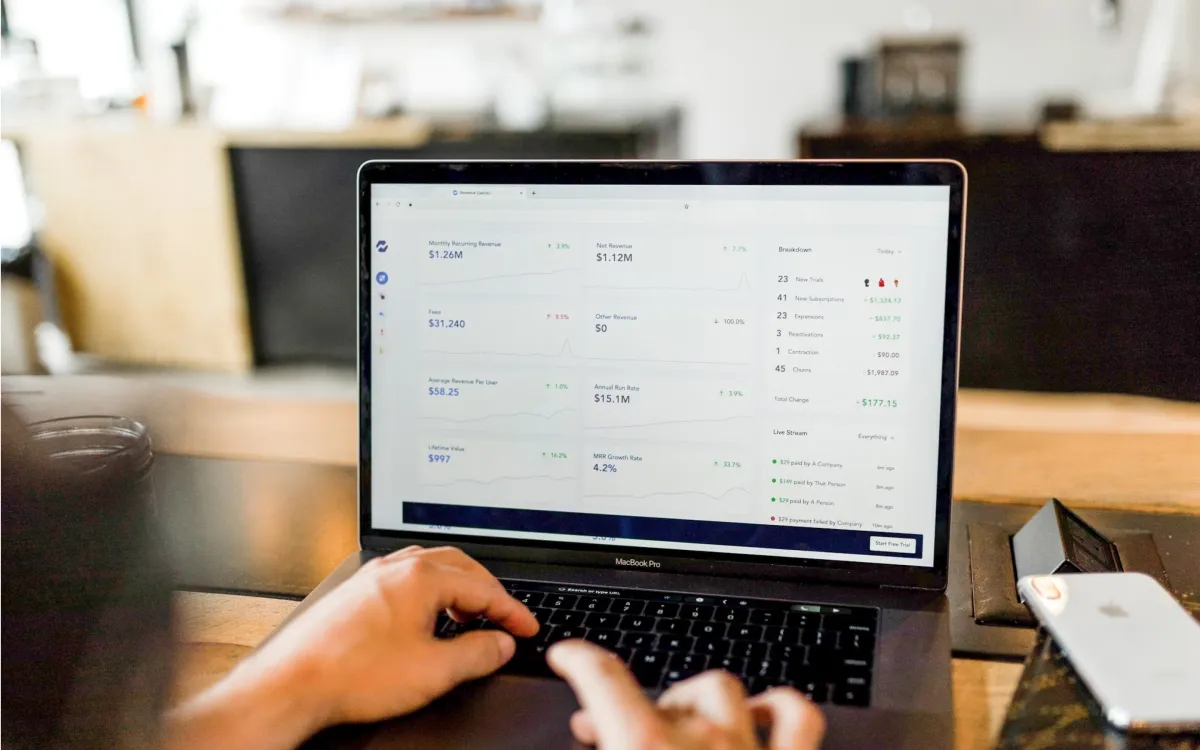How eCommerce Price Monitoring Tools Can Boost Your Sales Strategy
Learn how eCommerce price monitoring tools can enhance your sales strategy by keeping you competitive, optimizing pricing, and boosting profits.

Online shoppers want the best prices, so they use eCommerce price monitoring tools to track changes and find deals. But they’re not the only ones interested in prices. eCommerce store owners also keep an eye on competitor prices to set the best prices for their products.
To make price tracking and adjustments easier, online retailers can use competitor price monitoring software. Here’s a quick look at the tools available and how to use them to create a competitive pricing strategy.
What is an eCommerce Price Monitoring Tools?
An eCommerce price monitoring tool is a software solution that helps online retailers track and analyze the prices of their products and those of their competitors.
An eCommerce price monitoring tool monitors price changes across various platforms, providing real-time data and insights. By using an eCommerce price monitoring tool, eCommerce businesses can adjust their pricing strategies, stay competitive, and optimize their profit margins based on market trends and competitor activities.
Benefits of an eCommerce Price Monitoring Tools

1. Maintain a Strong Competitive Edge in the Market
Continuously monitor your competitors’ pricing strategies to ensure your products are always competitively priced. By staying informed about your competitors’ moves, you can adjust your prices to avoid being undercut, attracting more customers who compare prices across different stores.
2. Significantly Reduce Time Spent on Manual Price Tracking
Automate the time-consuming task of manually checking prices on various platforms. Price monitoring tools handle this for you, allowing you to focus on other critical aspects of your business. This automation ensures you always have up-to-date pricing information without the need for constant manual effort.
3. Maximize Profit Margins by Adjusting Prices Based on Market Trends
Utilize insights from price monitoring tools to optimize your pricing strategies in line with market trends. By adjusting your prices in response to demand fluctuations, you can capitalize on opportunities to increase profit margins, ensuring you capture the most value from your products.
4. Make Data-Driven Pricing Decisions with Real-Time Market Insights
Use real-time data and analytics provided by price monitoring tools to make well-informed pricing decisions. Instead of relying on guesswork or outdated information, you’ll have access to the latest market data, allowing you to set prices that align with your business objectives.
5. Quickly Respond to Market Changes to Prevent Losses
In a fast-paced market, being able to react swiftly to price changes is important. A price monitoring tool provides timely alerts when competitors adjust their prices, enabling you to make prompt adjustments to your own pricing. This rapid response helps you avoid losing sales to more agile competitors.
Choosing the Right eCommerce Price Monitoring Tool for Your Business

Selecting the most suitable eCommerce price monitoring tool is important for optimizing your pricing strategies and staying competitive.
Here's how to make the right choice:
- Size of Business
Small Businesses: For smaller enterprises, cost-effectiveness and ease of use are paramount. Look for tools that offer essential features without overwhelming complexity.
Medium to Large Enterprises: Larger businesses may require more advanced features, such as comprehensive analytics, extensive customization options, and scalability. Opt for tools that can handle high volumes of data and integrate seamlessly with other business systems.
- Industry
Retail: Retail businesses often need tools that provide real-time updates and competitive pricing analysis. Consider tools that offer detailed competitor tracking and historical data for trend analysis.
Wholesale: Wholesale businesses might prioritize tools that offer bulk data management and automated pricing adjustments to handle large-scale inventory changes efficiently.
Niche Markets: For businesses in niche markets, specialized tools that cater to specific industry needs or offer tailored features might be more beneficial.
- Budget
Cost-Effective Solutions: If budget constraints are a concern, look for tools that offer a good balance between features and price. Some tools provide tiered pricing plans or free versions with limited features.
Investment in Features: If your budget allows for a higher investment, you may benefit from premium tools with advanced features, such as in-depth analytics, automation, and customer support.
- Integration Capabilities
Existing Systems: Ensure the tool can integrate smoothly with your existing eCommerce platforms, CRM systems, and other business software to streamline operations.
APIs and Custom Integrations: Check if the tool offers APIs or custom integration options to tailor the solution to your specific requirements.
- User-Friendliness
Ease of Use: Evaluate the user interface and overall ease of use. A tool with a steep learning curve might require additional training and time investment.
Support and Training: Consider whether the tool offers adequate support, training resources, or a user-friendly help center to assist with onboarding and ongoing use.
5 Top eCommerce Price Monitoring Tools
1. Opinly AI

Opinly AI stands out as the premier price monitoring tool for eCommerce businesses. It offers comprehensive competitor price tracking, real-time updates, and advanced analytics to help you stay competitive. With Opinly AI, you can effortlessly monitor prices across various platforms, enabling you to make data-driven pricing decisions and maximize your profit margins.
2. Prisync

Prisync is a powerful price monitoring tool that allows you to track competitor prices and stock levels automatically. It provides detailed reports and analytics, helping you optimize your pricing strategy to stay ahead in the market.
3. Price2Spy

Price2Spy offers a wide range of features, including price comparison, price change alerts, and detailed reporting. It’s designed to help businesses of all sizes monitor competitor prices and make informed pricing decisions.
4. Minderest

Minderest is an effective eCommerce price monitoring tool that provides real-time insights into your competitors’ pricing strategies. It helps you analyze market trends and adjust your prices accordingly to maintain a competitive edge.
5. Competera

Competera is a sophisticated price monitoring tool that combines AI and machine learning to deliver precise pricing recommendations. It offers dynamic pricing, competitor tracking, and comprehensive analytics to help you enhance your pricing strategy and boost profitability.
Conclusion
eCommerce price monitoring tools are a game-changer for boosting your sales strategy. By keeping track of competitor prices, spotting trends, and adjusting your prices in real-time, these tools help you stay competitive and attract more customers.
They make it easier to find the right pricing strategy, so you can maximize your profits and keep your business growing. Whether you're a small store or a large retailer, using these tools can give you the edge you need to succeed in the crowded eCommerce marketplace.
Frequently Asked Questions
1. How to do price monitoring?
Price monitoring involves regularly checking and tracking the prices of products you sell. You can do this manually by visiting competitor websites and comparing prices, or you can use automated tools to do it for you. Automated tools can scan multiple sites and give you updates on price changes, saving you time and ensuring you always have the latest information.
2. How to monitor competitor pricing?
To monitor competitor pricing, you can use specialized tools that track and compare prices from different retailers. These tools automatically gather data from your competitors' websites and show you their current prices. This helps you understand how your prices stack up against theirs and make adjustments to stay competitive.
3. What is a price monitoring software?
Price monitoring software is a tool designed to help businesses keep track of prices for products, both their own and their competitors'. It automates the process of checking prices, provides real-time updates, and often includes features like alerts for price changes and detailed reports. This software helps businesses adjust their pricing strategies based on current market conditions.
